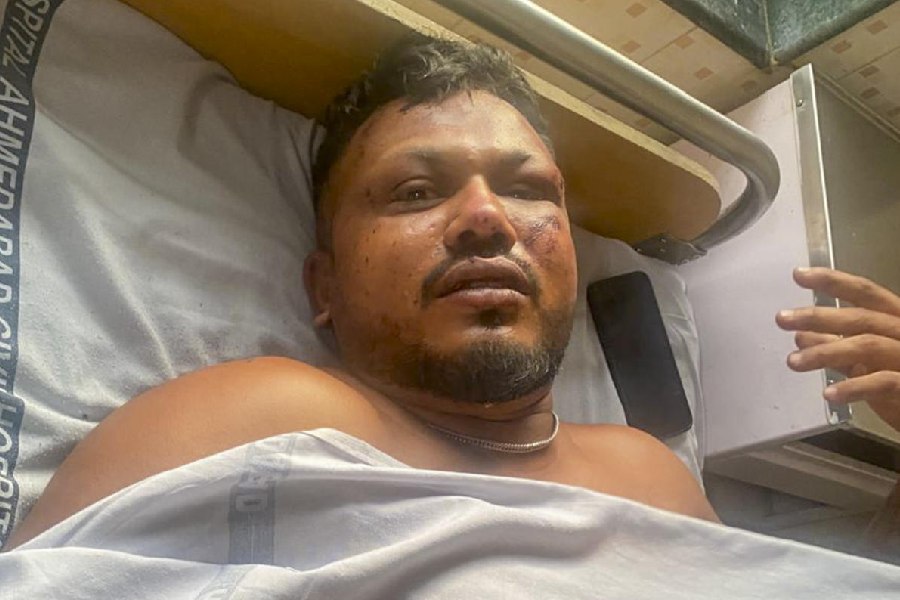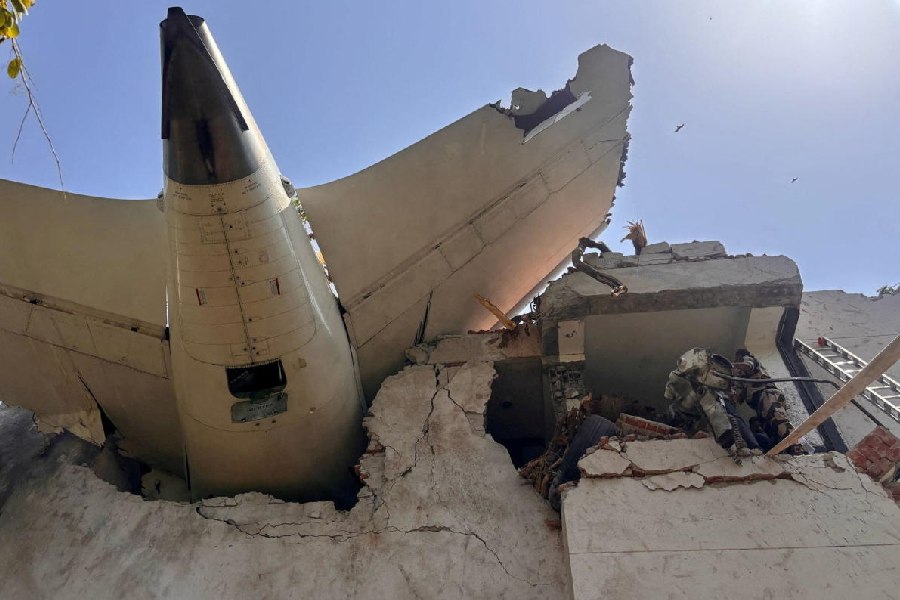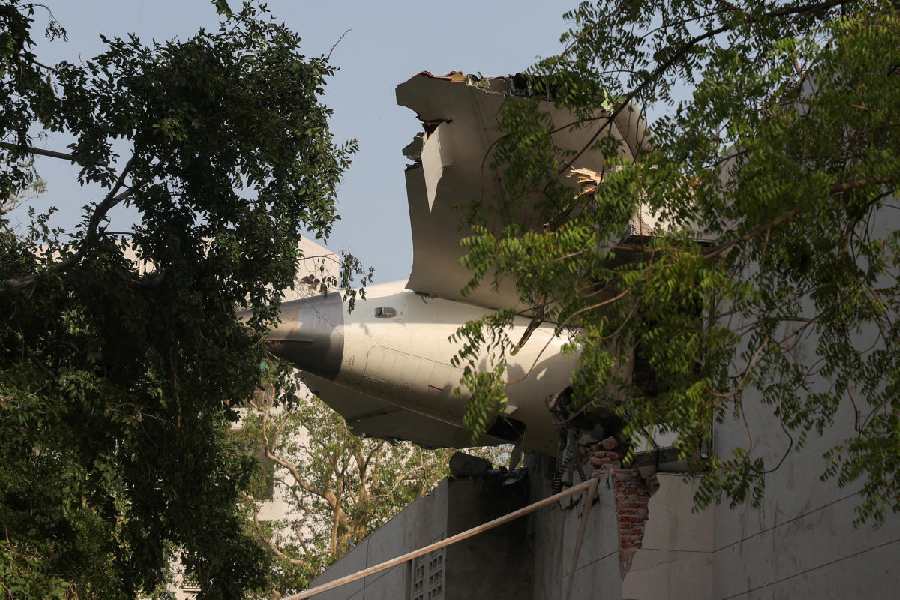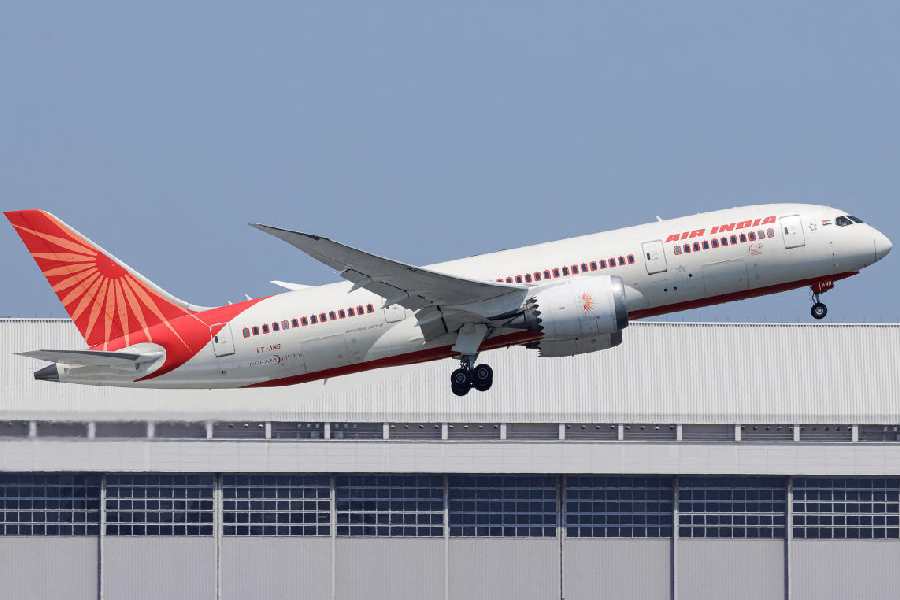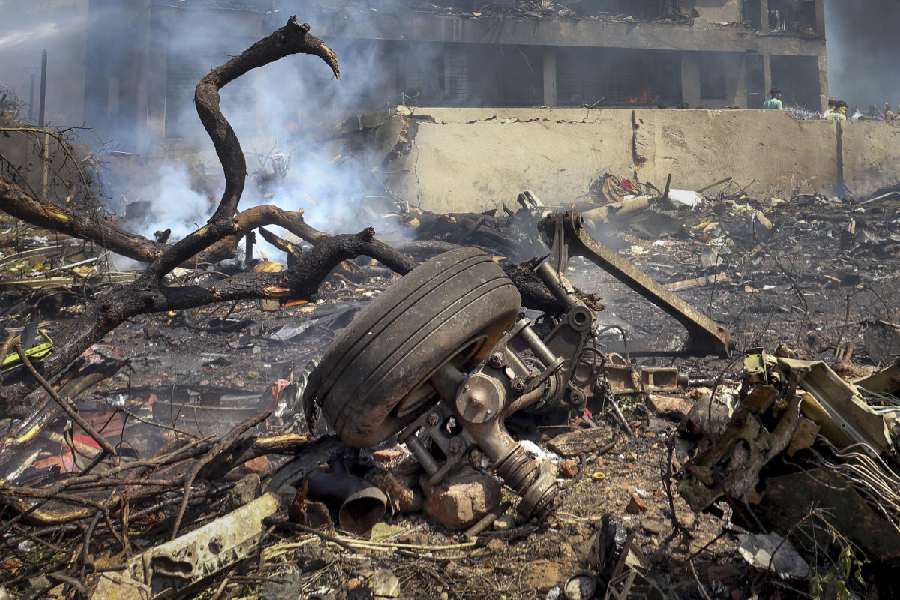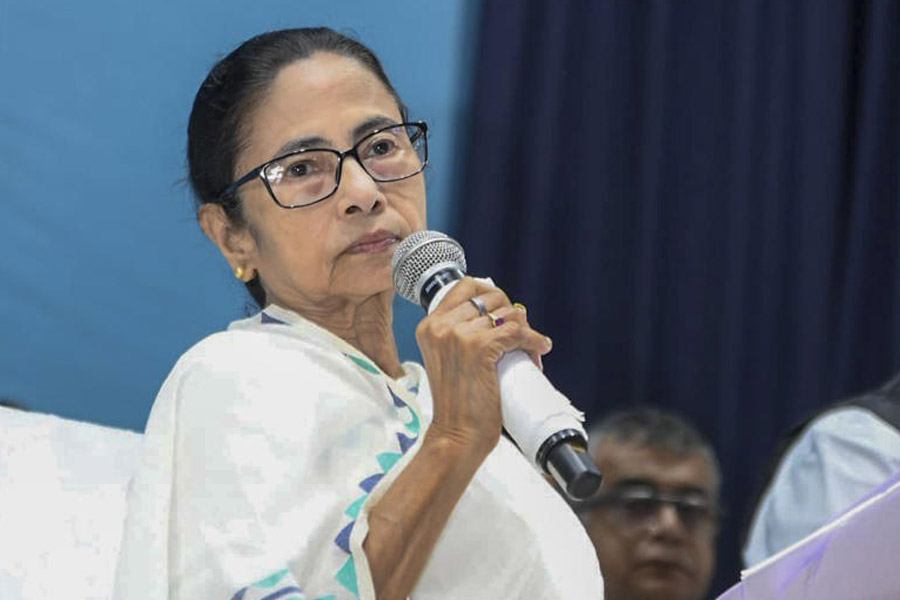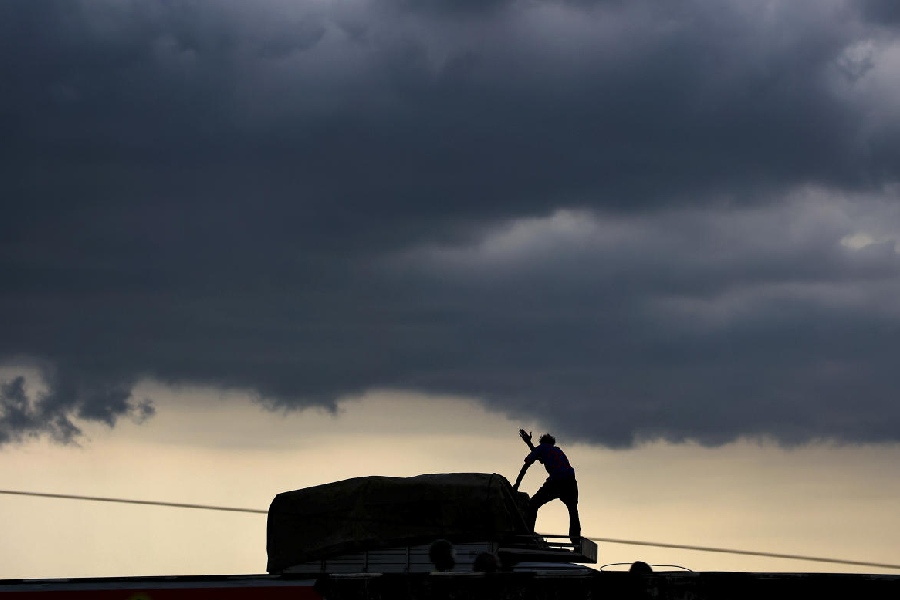
New Delhi/Kohima, Aug. 24: Inaugurating the centenary commemoration of Naga freedom fighter Rani Gaidinliu here today, Prime Minister Narendra Modi slammed India's historians for "ignoring" the contributions of northeasterners to India's struggle for Independence.
"Sometimes there is this thought that history is related to royal families and rulers. India has cultivated a different tradition. Here a common man's feats are given greater importance... If we don't overcome this barrier of rulers, we will not realise the common man's power," he said.
"If generations of Indians had learnt about the great personalities of the Northeast like Ranima for the last 60 years, then there would not have been any separatism. People like her lived and died for this country... There are several names of martyrs who died in Andaman's Cellular Jail. I wonder if children in their native villages know of their sacrifice," Modi added.
The Prime Minister criticised Jawaharlal Nehru's government for allowing Gaidinliu to remain in prison for two months after Independence.
Gaidinliu was born on January 26, 1915 in the present day Tamenglong district of Manipur and died in 1993. She was a Naga spiritual and political leader from the Rongmei tribe (also known as Kabui), who led an armed uprising against the British in Manipur, Nagaland and Assam.
In 1927, when she was just 13, she joined the Heraka movement of her cousin Haipou Jadonang, which aimed at revival of the Naga tribal religion. It also aimed to end the British rule and establish the self-rule of the Nagas (Naga Raj). Gaidinliu was arrested in 1932 at the age of 16, and was sentenced to life imprisonment by the British rulers. Between 1932 and 1947, she was kept in several prisons in the Northeast.
Jawaharlal Nehru met her at Shillong Jail in 1937 and promised to pursue her release. Nehru gave her the title of "Rani" and she gained popularity as Rani Gaidinliu. She was released in 1947 after Independence.
Nagaland chief minister T.R. Zeliang called the commemoration a red-letter day for Nagaland. "The saddest part is that most writers of Indian history continue to exclude the contributions of Rani Gaidinliu towards Independence. The contribution of the Northeast is absent from text books, from political memory and public spaces and from social and political discourse."
Manipur chief minister Okram Ibobi Singh reminded the audience that Gaidinliu did not restrict herself to the Naga Hills and her guerrilla movement spread in Cachar and Manipur as well. He recounted the armed actions of her group in several places and their encounters with the 3 and 4 battalions of the Assam Rifles.
Coins of the denominations of Rs 100 and Rs 5 with Gaidinliu's image were released by Modi during the event at Vigyan Bhawan, which also witnessed a musical performance by a Zeliangrong choir.
Home minister Rajnath Singh, congratulating the Prime Minister on the framework agreement with the NSCN (Isak-Muivah), said, "The peace accord is a fulfilment of Ranima's wishes... History has not done justice to her but PM has now decided that justice will be done."
On the Naga agreement, the Prime Minister said, "The credit does not go to any particular government and neither should they take it. Everyone contributed towards improving the situation. The result is that today in Nagaland there has been a successful dialogue with those people (NSCN-IM)."
Nagaland governor P.B. Acharya called the event a "right signal for the Northeast". He said, "Through this signal we are saying that we are all one."
He said India's secular ethos could progress with a better understanding of Heraka faith that Gaidinliu practised.
DoNER minister Jitendra Singh said Rs 983.08 lakh had been allotted for setting up the Rani Gaidinliu Memorial Museum and Library in Kohima.
Several Naga organisations, including the Nagaland Baptist Church Council, the largest church body in the state, and the Congress, today opposed the construction of the library in memory of Gaidinliu in Kohima on the ground that she was a cult leader who had opposed the advent of Christianity and even Naga nationalism.
The Angami Youth Organisation submitted a memorandum to governor P.B. Acharya, opposing the idea of library. The Angami Public Organisation also said it would not allow its construction.
Shewas opposed to Naga National Council insurgents, who advocated secessionism from India. Several NNC cadres were killed by Rani's followers in the present Peren district of Nagaland.
She campaigned for a separate Zeliangrong territory within the Union of India, which was criticised by Naga leaders. They were also opposed to her working for the revival of the traditional Naga religion of animism or Heraka. The Baptist leaders deemed the Heraka revival movement anti-Christian and she was warned of serious consequences if she did not change her stand.
To defend the Heraka culture and to strengthen her position, she went underground in 1960 and organised a private army of about a 1,000 armed men to press for her Zeliangrong district demand.
In 1966, under an agreement with the Centre, she came out from her jungle hideout to work for the betterment of her people through peaceful, democratic and non-violent means.
She was conferred the Tamrapatra Freedom Fighter Award (1972), the Padma Bhushan (1982) and the Vivekananda Seva Award (1983). People of her community living in Manipur and Nagaland hold her in high esteem. There is a Heraka centre at Jalukie in Peren district, 120km from Kohima.


